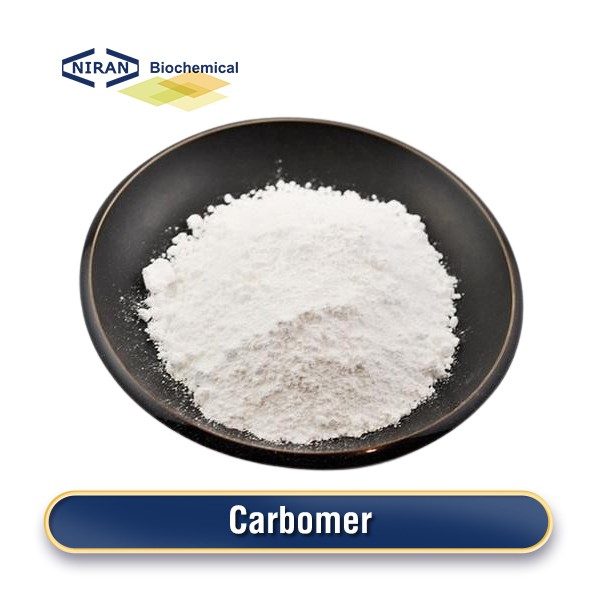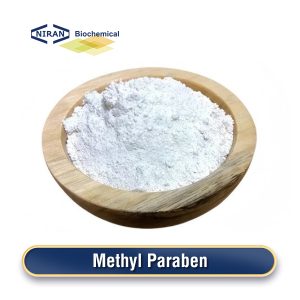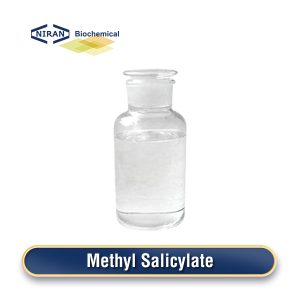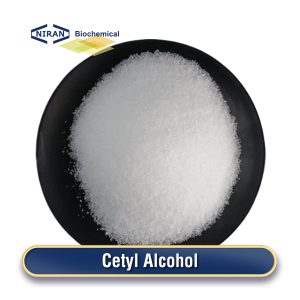Carbomer
- CAS Number: 9003-01-4
- Chemical Formula: (C3H4O2)n
- MOQ: 1000KG
- Shelf Life: 2 years
- Forms: Powder
- Synonyms: Carbopol, Polyacrylic Acid, Acrylic Acid Polymer
Product Description
What Is Carbomer?
The family of synthetic high-molecular-weight polymers known as carbomers is mainly composed of acrylic acid. It is frequently employed as an emulsifier, thickening agent, and suspension stabilizer in industrial, medicinal, and cosmetic goods. The ability of carbomer to create gels and enhance formulation texture is well-known.
Preparation: Carbomers are typically produced by polymerizing acrylic acid in the presence of a cross-linking agent, such as polyethylene glycol dimethacrylate or allyl ethers, in an aqueous medium. The polymerization process is initiated using a free radical initiator, like peroxide. After polymerization, the product is neutralized with a base, such as triethanolamine, to increase the viscosity and make it suitable for use in various applications. The final product is usually dried and milled into a fine powder.
Related Parameters:
| Items | Standards |
| 0.5% aqueous solution viscosity | 40000-60000mpa·s |
| 0.5% aqueous solution transmittance(420nm) | ≥90% |
| 0.2% aqueous solution viscosity | 13000-30000mpa·s |
| 0.2% aqueous solution transmittance(420nm) | ≥90% |
| Residual Ethyl Acetate | ≤0.5 % |
| Residual Cyclohexane | ≤0.3 % |
| Acrylic Acid | ≤0.25% |
| Loss on Drying | ≤2.0 % |
Recommended Dosage of Carbomer:
| Applications | Dosage |
| Cosmetics and Personal Care | 0.2%-1% |
| Pharmaceuticals | 0.5%-1.5% |
| Topical Gels and Creams | 0.5%-2% |
| Hair Care Products | 0.1%-0.5% |
| Toothpaste | 0.5%-1% |
| Industrial Applications | 0.1%-0.5% |
| Food and Beverage (limited use) | <0.1% |
| Paints and Coatings | 0.5%-1.5% |
| Cleaning Products | 0.5%-1% |
Carbomer Has Wide Range of Uses:
Cosmetics & Personal Care: Common in lotions, creams, and gels to improve texture, stability, and emulsification.
Pharmaceuticals: Found in topical creams and gels for viscosity control and controlled release.
Hair care: To improve texture and smoothness, add to shampoos and conditioners.
Toothpaste: Adds to toothpaste for texture control and consistency.
Industrial: Used in paints, adhesives, and lubricants for stabilization and viscosity.
Food: Infrequently used as a thickener in processed foods.
Cleaning Products: Found in surface cleaners and detergents to improve viscosity and suspension.
User Asked Question:
Q: What distinguishes sodium alginate from carbomer?
A: Carbomer and Sodium Alginate are both gelling agents but differ in origin and application. With its robust gel formation, high viscosity, and clarity in formulations, carbomer is a synthetic polymer that is perfect for use in medicinal and cosmetic products. In contrast, Sodium Alginate is a natural polysaccharide derived from seaweed, used primarily in food products and pharmaceuticals. It forms firm gels and requires calcium ions for gelling, but has lower viscosity compared to Carbomer.




